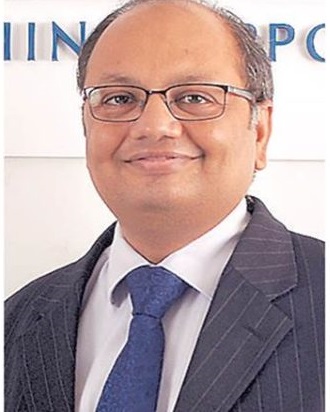Dwijendra Srivastava, Chief Investment Officer – Debt, Sundaram Mutual Fund believes that the new investment norms laid down by Securities and Exchange Board of India will go a long way in minimizing risks in debt funds.
How do the new investment norms for debt and liquid funds help the industry?
The new valuation norms are an outcome of the recent credit events in the fixed income market. The liquid and overnight category is much safer now. Liquid funds can no longer invest in credit enhancement and structured obligation papers. Liquid funds are meant for managing liquidity and for earning some income for idle funds.
The investment limit in unlisted Non-convertible debentures (NCDs) of 10% of the debt portfolio of the scheme is a good step. The current positions will be grandfathered. The restrictions on credit enhancement and structure obligation exposures also bodes well for investors. These restrictions are expected to make investors more open to investing in debt funds.

How are you mitigating risk in debt funds?
Fund managers have a mandate for each scheme. There is a duration bucket now. There are two risks in any debt fund – interest rate risk and credit risk. Interest rate risk is mitigated depending on which duration bucket we are positioned in.
Our credit risk function has been segregated from the fund management function for a decade now. The credit risk team independently evaluates companies. This team meets companies and updates the approved issuer list. They review the companies periodically. These measures help us in mitigating risk to some extent.
What are the challenges in implementing side pocketing?
When the side pocketing rules were initially announced it was new to the industry. It took us a while to go through it, understand its implications and introduce it in our schemes. We have now introduced side pocketing facility in our scheme information documents. On the Dewan Housing Finance front, it could not happen because side pocketing was not enabled at that time.
Why is the rate cut transmission not happening?
The Reserve Bank of India has now identified that an external benchmark is required depending on customers credit worthiness. The spreads can be fixed at the start of the loan tenure. Initially, it could have a tendency for banks to fix higher rates. As the competition intensifies, it will eventually cause other banks to lower rates, resulting in more transmission. You can’t expect 1:1 transmission. Going forward, a better transmission could be expected though.
What is your view on the government’s plans to borrow from overseas markets?
I think they have shown an intention to do it. A small tranche for the sake for novelty factor could happen. There are pros and cons of doing it. India runs a twin deficit. Borrowing overseas in foreign currency could lead to a higher cost of borrowing for government significantly since there is a currency risk. If they hedge, there is no benefit of raising overseas money.
On the other hand, the government would aim to run a more prudent fiscal policy. Currently, the market is viewing overseas borrowing as negative. But I think there could be a positive outcome as well.
Which segment of the yield curve are you bullish on?
We have already seen rate cuts to the tune of 135 basis points. So we are largely at the end of the rate cut cycle. Being long on the yield curve doesn’t look attractive as of now. Traders could move down the curve and be limited on the upper part of the curve. A 2 to 5-year bucket looks good. Being in mid duration funds looks attractive. This cycle could continue till 1.5 to 2 years before the rate rise happens. Overall aggregate demand condition is still low. So this will help the durability of rate cut cycle. We may not necessarily see rate cut but we may see a pause for a long period of time.
Where do you see G-sec levels stabilizing?
The new G-sec is in undersupplied now. It is trading around 6.45 levels. The corporate rate tax cut is going to have an impact on fiscal deficit due to higher government borrowing. As a result, the G-sec will remain on the higher side. Even at 6.45%, the spread from the current repo rate is 130 basis point, which is high. This spread could remain in the range of 90-100 basis point even when rate cuts stabilize.